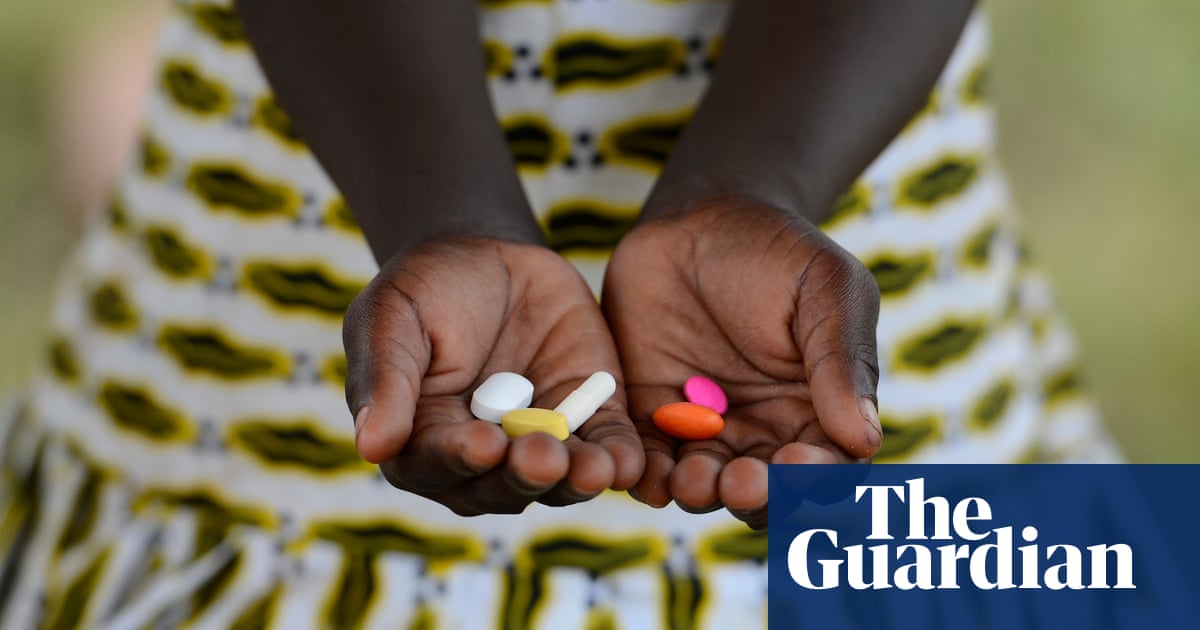
A fifth of medicines in Africa could be substandard or fake, according to a major research project, raising the alarm over a problem that could be contributing to the deaths of countless patients.
Researchers from Bahir Dar University in Ethiopia analysed 27 studies in the review and found, of the 7,508 medicine samples included, 1,639 failed at least one quality test and were confirmed to be substandard or falsified.
Claudia Martínez, the head of research at the Access to Medicine Foundation, an Amsterdam-based non-profit group, described the finding as a major public health concern.
“If patients are getting medicines that are substandard or outright fake, it can result in their treatment failing or even preventable deaths,” she said.
Estimates published last year by the UN Office on Drugs and Crime put the human cost of falsified and substandard medicines at up to 500,000 deaths a year in sub-Saharan Africa.
“Substandard medicines” refer to those that are authorised but do not meet quality standards, whereas “falsified medicines” are those that deliberately misrepresent their identity, composition or source.
A World Health Organization (WHO) spokesperson said antibiotics and antimalarial products were the most falsified medicines in Africa.
Substandard or falsified antibiotics can contain incorrect dosages or the wrong active ingredients, leading to ineffective treatments and survival of resistant strains. The WHO said such products were likely to be fuelling an increase in antimicrobial resistance.
Malawi was found to have the highest proportion of substandard and falsified medicines, according to the study.
Martínez said several factors contributed to the problem, which left patients without access to essential medicines.
She said: “Pharma supply chains in many low- and middle-income countries are often complex, inefficient and fragmented; the region relies heavily on a limited number of suppliers for essential medicines, and many countries face significant challenges in procuring products in time and effectively policing the quality of products in the market.”
Martínez said the role of multiple middlemen in the distribution of products on the continent made it easier for substandard or falsified medicines to infiltrate the supply chain.
A previous study by the WHO found that an estimated one in 10 medical products in developing countries were substandard or falsified, with 42% of reports of substandard and falsified medicines coming from Africa, 21% from the Americas and 21% from Europe.
Sean Cavany, a mathematical modeller at the University of Oxford’s Centre for Tropical Medicine and Global Health, cautioned against generalising findings from the new research.
Cavany said: “There is a potential for bias in these types of reviews, for instance surveys which didn’t find any substandard and falsified medicines may not get published, and some of the surveys are not random, so it may be that they have specifically selected samples for this.
“Also, substandard medicines and falsified medicines will differ greatly over time between countries and between medicines, so producing an average across all of these different factors has the potential to be misleading.”
Cavany said while previous studies showed substandard and falsified medicines were highest in Africa, the paucity of studies outside Africa and Asia made it difficult to generalise the findings.
Martínez said immediate action was needed to address the problem by governments, national authorities, regulators and pharmaceutical companies manufacturing and selling the products.
“We need to strengthen supply chains across the continent by enhancing infrastructure, improving logistics and implementing better surveillance-monitoring systems.
“But there is also a lot that pharma companies can do by reporting any cases of substandard or falsified medical products to national health authorities and the WHO rapid alert system promptly and contributing to capacity building.”
A WHO spokesperson said: “Recent incidents of contaminated oral liquid medicines have demonstrated that we need a concerted multi-stakeholder approach to prevent, detect and respond to substandard and falsified products.
“Increasing the public awareness of the scope, scale and potential harm that these products cause is a key activity in this.”
Source: theguardian.com



